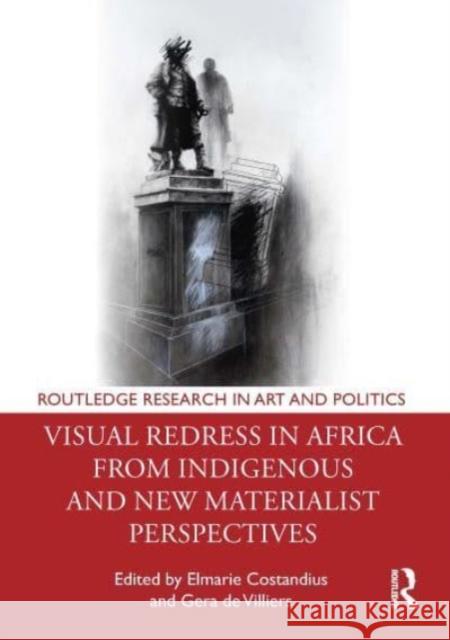Visual Redress in Africa from Indigenous and New Materialist Perspectives » książka
Visual Redress in Africa from Indigenous and New Materialist Perspectives
ISBN-13: 9781032368535 / Angielski
Visual Redress in Africa from Indigenous and New Materialist Perspectives
ISBN-13: 9781032368535 / Angielski
(netto: 695,40 VAT: 5%)
Najniższa cena z 30 dni: 680,04
ok. 22 dni roboczych
Bez gwarancji dostawy przed świętami
Darmowa dostawa!
Through an indigenous and new materialist thinking approach, this book discusses various examples in Africa where colonial public art, statues, signs, and buildings were removed or changed after countries’ independence. An African perspective on these processes will bring new understandings and assist in finding ways to address issues in other countries and continents. These often-unresolved issues attract much attention, but finding ways of working through them requires a deeper and broader approach. Contributors propose an African indigenous knowledge perspective in relation to new materialism as alternative approaches to engage with visual redress and decolonisation of spaces in an African context. Authors such as Frans Fanon, Ngugi Wa Thiong’o, and George Dei will be referred to regarding indigenous knowledge, decolonialisation, and Africanisation and Karen Barad, Donna Haraway, and Rosi Braidotti regarding new materialism. The book will be of interest to scholars working in art history, visual culture, heritage studies, African studies, and architecture.
Through an indigenous and new materialist thinking approach, this book discusses various examples in Africa where colonial public art, statues, signs, and buildings were removed or changed after countries’ independence.
An African perspective on these processes will bring new understandings and assist in finding ways to address issues in other countries and continents. These often-unresolved issues attract much attention, but finding ways of working through them requires a deeper and broader approach. Contributors propose an African indigenous knowledge perspective in relation to new materialism as alternative approaches to engage with visual redress and decolonisation of spaces in an African context. Authors such as Frans Fanon, Ngugi Wa Thiong’o, and George Dei will be referred to regarding indigenous knowledge, decolonialisation, and Africanisation and Karen Barad, Donna Haraway, and Rosi Braidotti regarding new materialism.
The book will be of interest to scholars working in art history, visual culture, heritage studies, African studies, and architecture.











